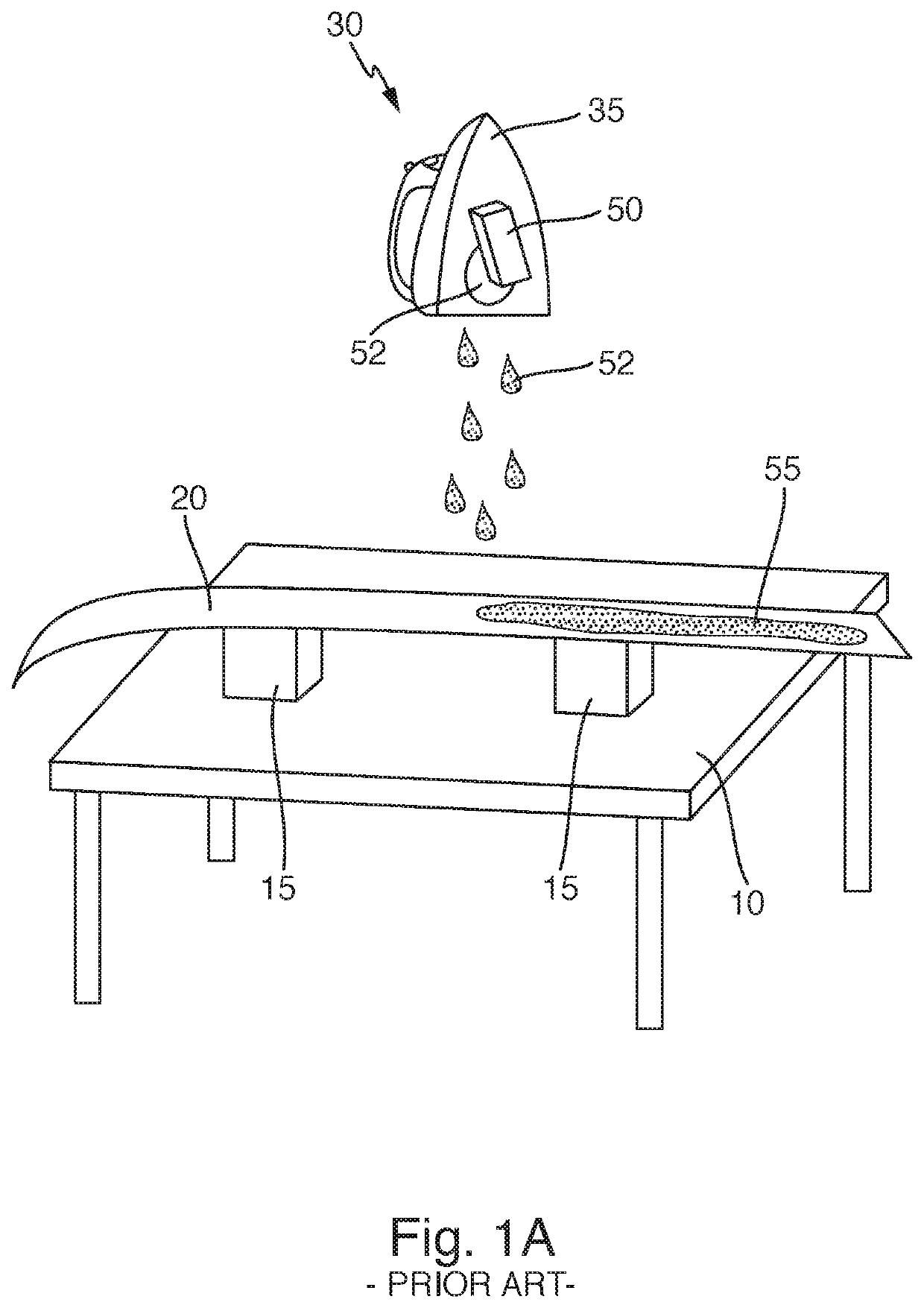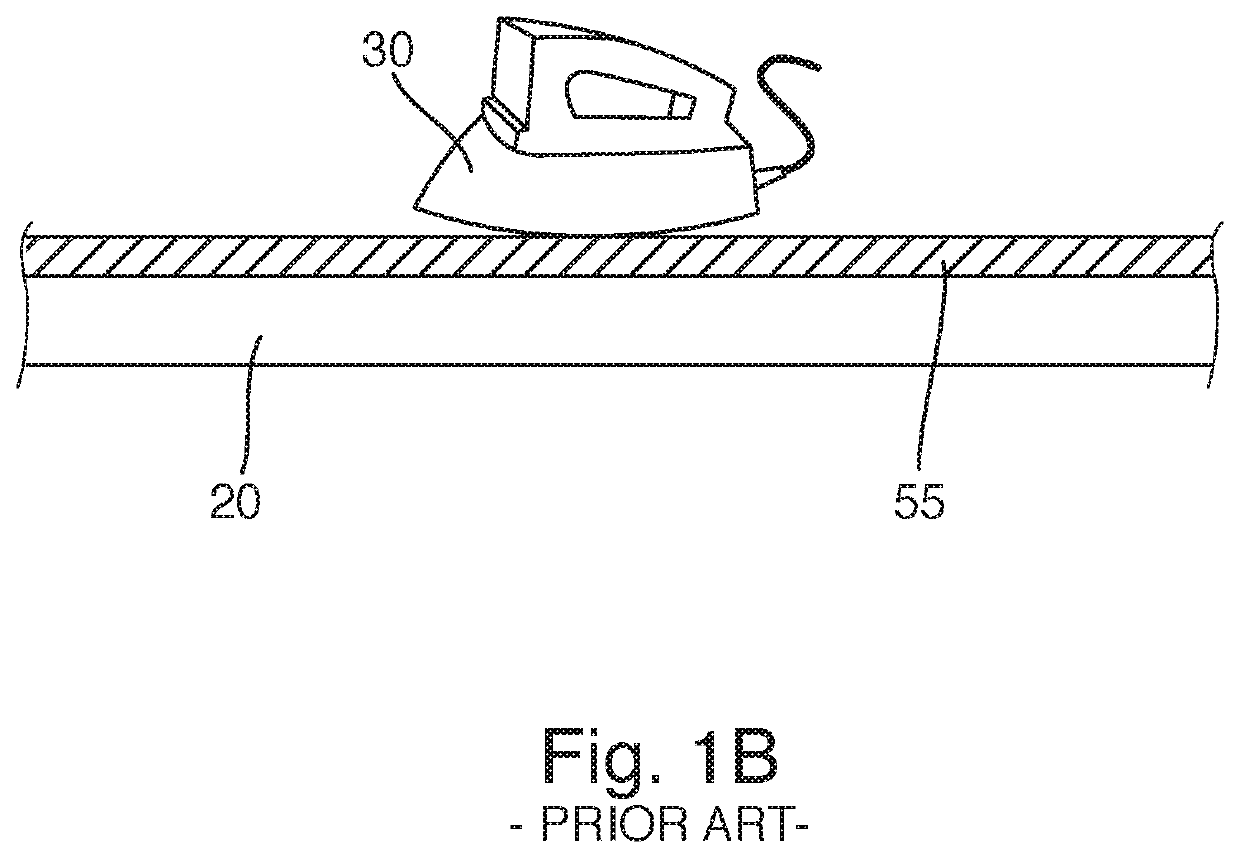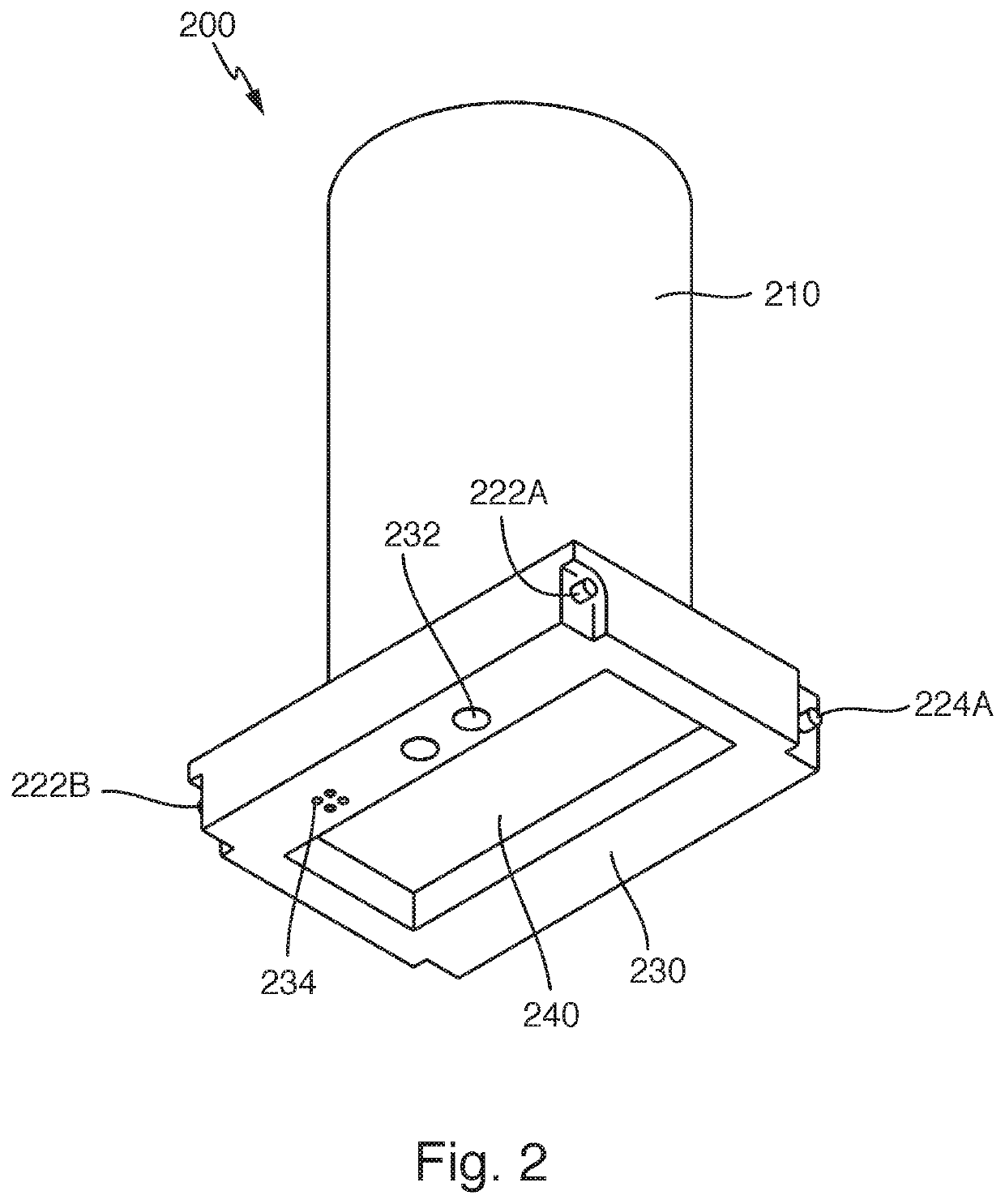Wax capsule and waxing device for a runner that glides over snow
- Summary
- Abstract
- Description
- Claims
- Application Information
AI Technical Summary
Benefits of technology
Problems solved by technology
Method used
Image
Examples
Embodiment Construction
[0045]In the following, the invention will be explained in more detail with reference to the accompanying figures. In the Figures, like elements are denoted by identical reference numerals and repeated description thereof may be omitted in order to avoid redundancies.
[0046]In FIG. 2, a waxing device 200 is shown. The waxing device comprises a handle 210 and a capsule containing portion 230.
[0047]The handle 210 is shown as being generally cylindrical. In alternative embodiments, the handle 210 may take other forms, such as a prism, a generally L-shaped or U-shaped bar, or any other suitable shape. The handle 210 is preferably dimensioned so as to be comfortably held in a user's hand. The handle 210 may be made of a material such as a plastic or resin, or any other material that has sufficient structural stability to support the weight of the device 200. Preferably, the material of the handle 210 is insulative so as to protect a user gripping the handle 210 from heat generated in a sp...
PUM
 Login to View More
Login to View More Abstract
Description
Claims
Application Information
 Login to View More
Login to View More - R&D
- Intellectual Property
- Life Sciences
- Materials
- Tech Scout
- Unparalleled Data Quality
- Higher Quality Content
- 60% Fewer Hallucinations
Browse by: Latest US Patents, China's latest patents, Technical Efficacy Thesaurus, Application Domain, Technology Topic, Popular Technical Reports.
© 2025 PatSnap. All rights reserved.Legal|Privacy policy|Modern Slavery Act Transparency Statement|Sitemap|About US| Contact US: help@patsnap.com



